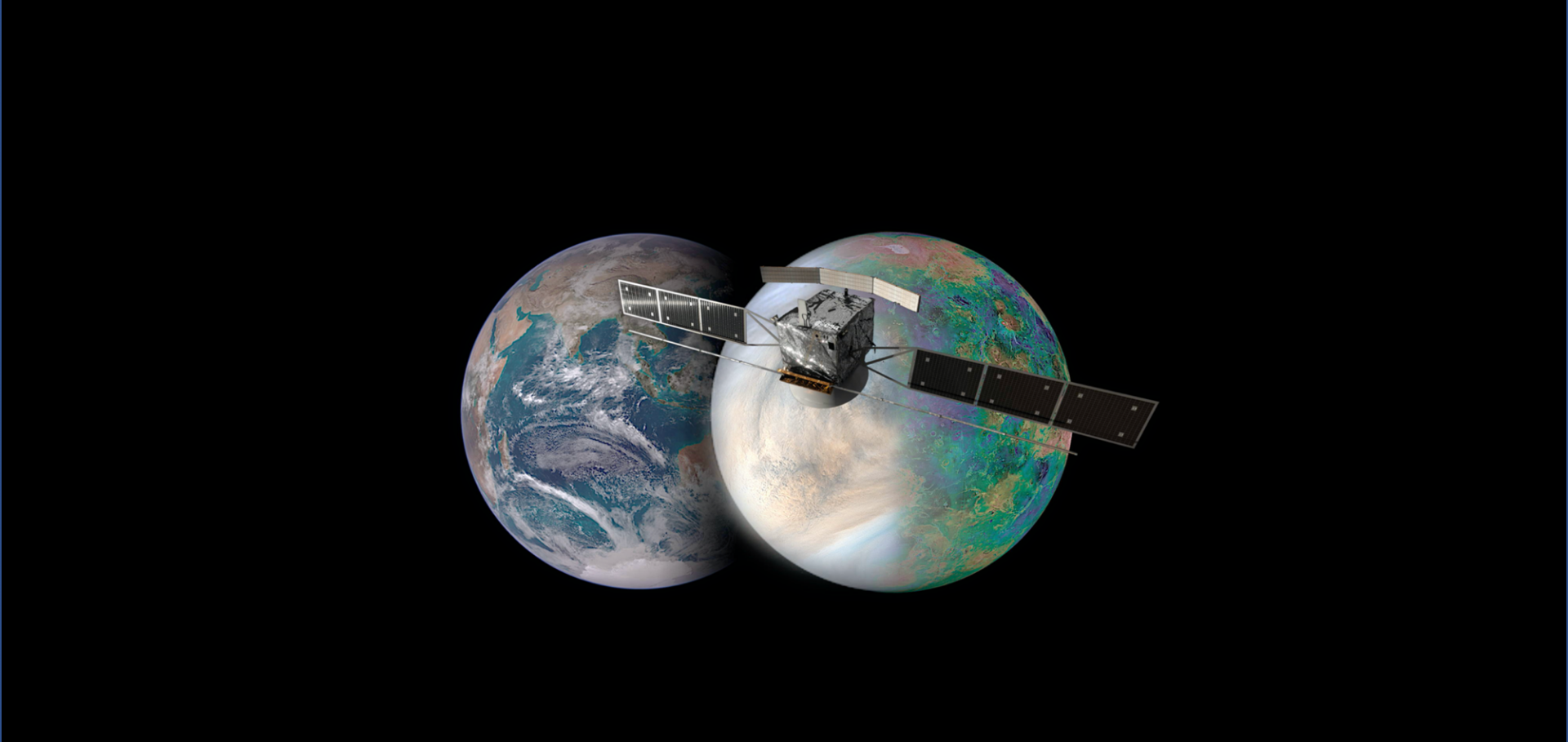The vertical structure of CO in the Martian atmosphere from the ExoMars Trace Gas Orbiter
Nature Geoscience Springer Nature 14:2 (2021) 67-71
Abstract:
Carbon monoxide (CO) is the main product of CO2 photolysis in the Martian atmosphere. Production of CO is balanced by its loss reaction with OH, which recycles CO into CO2. CO is therefore a sensitive tracer of the OH-catalysed chemistry that contributes to the stability of CO2 in the atmosphere of Mars. To date, CO has been measured only in terms of vertically integrated column abundances, and the upper atmosphere, where CO is produced, is largely unconstrained by observations. Here we report vertical profiles of CO from 10 to 120 km, and from a broad range of latitudes, inferred from the Atmospheric Chemistry Suite on board the ExoMars Trace Gas Orbiter. At solar longitudes 164–190°, we observe an equatorial CO mixing ratio of ~1,000 ppmv (10–80 km), increasing towards the polar regions to more than 3,000 ppmv under the influence of downward transport of CO from the upper atmosphere, providing a view of the Hadley cell circulation at Mars’s equinox. Observations also cover the 2018 global dust storm, during which we observe a prominent depletion in the CO mixing ratio up to 100 km. This is indicative of increased CO oxidation in a context of unusually large high-altitude water vapour, boosting OH abundance.Introduction to Icarus special issue “From Mars Express to ExoMars”
Icarus Elsevier 353 (2020) 114118
Long-duration Venus lander for seismic and atmospheric science
Planetary and Space Science Elsevier 190 (2020) 104961
Abstract:
An exciting and novel science mission concept called Seismic and Atmospheric Exploration of Venus (SAEVe) has been developed which uses high-temperature electronics to enable a three-order magnitude increase in expected surface life (120 Earth days) over what has been achieved to date. This enables study of long-term, variable phenomena such as the seismicity of Venus and near surface weather, near surface energy balance, and atmospheric chemical composition. SAEVe also serves as a critical pathfinder for more sophisticated landers in the future. For example, first order seismic measurements by SAEVe will allow future missions to deliver better seismometers and systems to support the yet unknown frequency and magnitude of Venus events. SAEVe is focused on science that can be realized with low data volume instruments and will most benefit from temporal operations. The entire mission architecture and operations maximize science while minimizing energy usage and physical size and mass. The entire SAEVe system including its protective entry system is estimated to be around 45 kg and approximately 0.6 m diameter. These features allow SAEVe to be relatively cost effective and be easily integrated onto a Venus orbiter mission. The technologies needed to implement SAEVe are currently in development by several funded activities. Component and system level work is ongoing under NASA’s Long Lived Insitu Solar System Explorer (LLISSE) project and the HOTTech program. . LLISSE, is a NASA project to develop a small Venus lander that will operate on the surface of Venus for 60 days and measure variations in meteorology, radiance, and atmospheric chemistry. LLISSE is developing a full-function engineering model of a Venus lander that contains essentially all the core capabilities of SAEVe thus greatly reducing the technology risk to SAEVe. The SAEVe long duration Venus lander promises exciting new science and is an ideal complimentary element to many future Venus orbiter missions being proposed or planned today.Venus III The View After Venus Express
Springer, 2020
Abstract:
The ten papers in this book, written by an international team of specialists, are the products of this effort.Stormy water on Mars: the distribution and saturation of atmospheric water during the dusty season
Science American Association for the Advancement of Science (2020)


